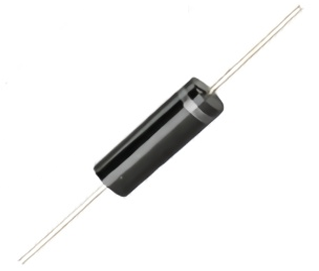Date:2025-05-23 Categories:Product knowledge Hits:367 From:Guangdong Youfeng Microelectronics Co., Ltd
High-voltage diodes are essential components in various electronic systems, designed to handle and control high voltage levels while ensuring reliable performance. Understanding their proper usage is crucial for maximizing system efficiency and safety.
Characteristics and Types
High-voltage diodes are distinguished by their ability to withstand significantly higher reverse breakdown voltages compared to standard diodes. Commonly used types include silicon carbide (SiC) diodes and silicon-based diodes, each offering unique advantages. SiC diodes excel in high-temperature and high-frequency applications due to their low switching losses and superior thermal conductivity, while silicon diodes are widely utilized in general high-voltage rectification tasks.
Common Applications
In power supply systems, High-voltage diodes play a vital role in rectifying alternating current (AC) to direct current (DC). For example, in high-voltage power supplies for industrial equipment, they convert high-voltage AC input into a stable DC output, ensuring the proper operation of subsequent circuits. In renewable energy systems such as solar power inverters, these diodes prevent reverse current flow, protecting the solar panels and the inverter from damage.
Another important application field is in high-voltage pulse circuits. High-voltage diodes are used to shape and control high-voltage pulses, which are essential in applications like medical equipment (e.g., X-ray generators) and scientific research (e.g., particle accelerators). In these scenarios, the diodes must rapidly switch on and off under high voltage to generate the required pulse waveforms.
Installation and Circuit Design Considerations

Previous: Classification, Structure, and Principle of MOSFET